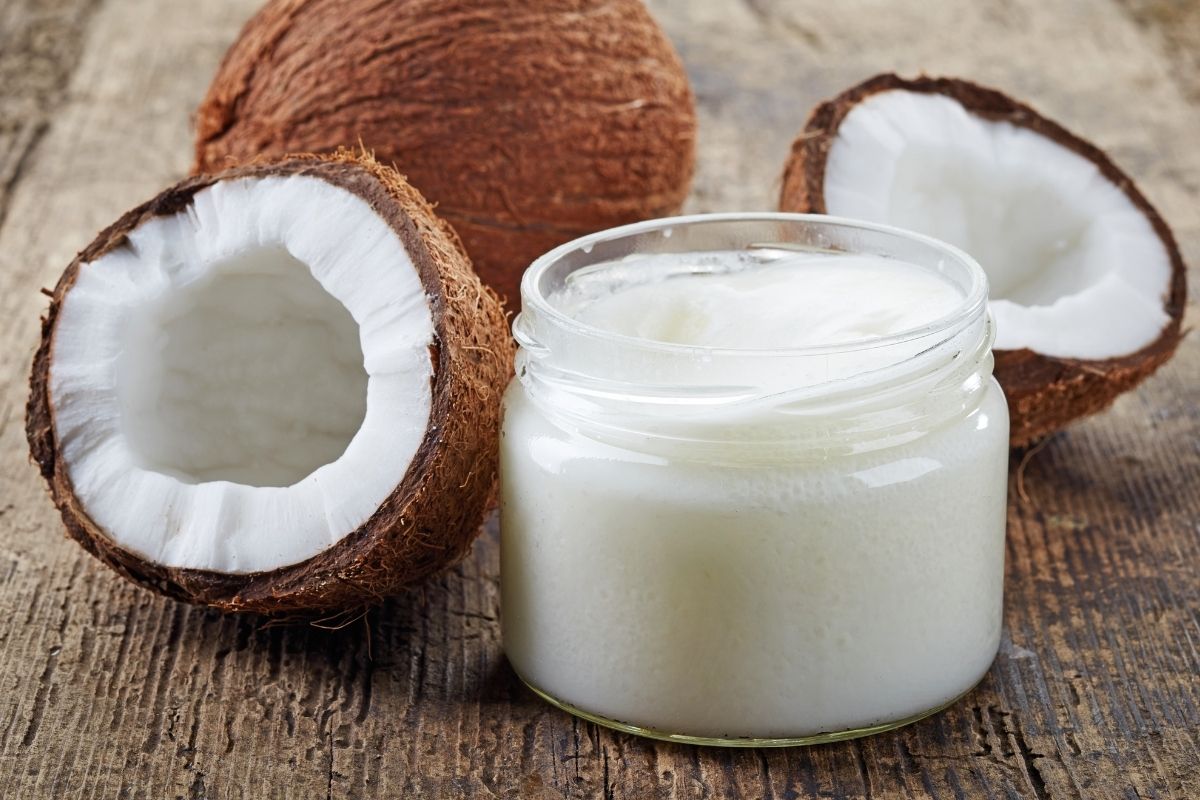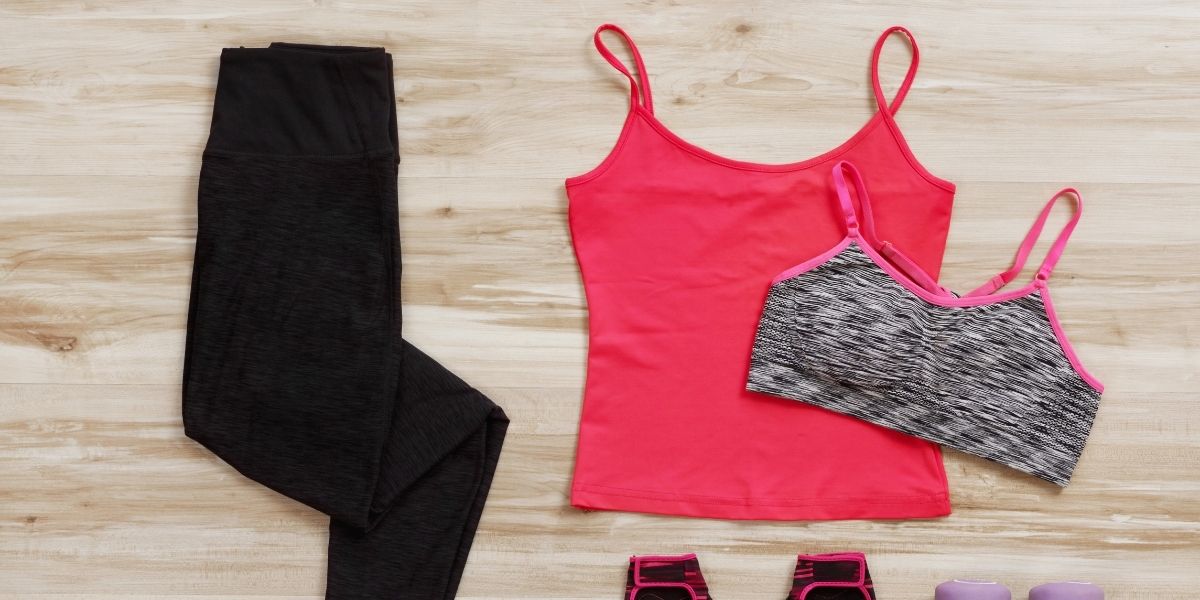Leather is such great material for anything from clothes and bags to furniture. It is durable and flexible, and it is created by tanning animal skin. Most leather products last longer than any other, but that means that they require more care than other materials. Since you have them for a longer time, you will spend more time cleaning leather products and conditioning them. How do you clean leather?
How you clean leather will depend on what leather product you want to clean. The most universal way to clean leather is with a mixture of soap and water. Make sure you use clean, soft, lightly colored towels for cleaning.

You can use a soap that is made especially for leather, or you can use items that you can find in your household. Make sure you blot the stains because rubbing them in can make them harder to get out. Keep in mind that you should also condition your leather, but make sure you use only a light layer of conditioner. If all else fails, you can always color your leather in a darker color so your stains aren’t noticeable.
How do you clean leather?
Even though leather is a very durable and easy-care material, it does require occasional cleaning and care. If you notice that your leather is looking tired or worn out, try cleaning.
Sofa
Start by vacuuming all dust and lose debris from your sofa. You can use a vacuum cleaner outfitted with a brush attachment. Don’t forget to vacuum between the cushions of the sofa.
Clean mild stains first. Take a clean washcloth and dip it into warm soapy water. Use it to wipe away stains on your sofa. To tackle darker stains, like those from an ink pen, dip a cotton swab in rubbing alcohol and it should remove them. Be careful to apply it directly on the stain spot, so the alcohol doesn’t spread the stain onto more of the leather.
Next, dry the leather with another clean, dry cloth to make sure you avoid mildew. If you want the best results, you should leave the sofa to dry all night.
Once it’s completely dry, re-moisturize the material by applying the leather cream with a clean cloth. Once it sinks you can buff it to shine.
If you have grease stains on your sofa, wipe them away with a clean, dry cloth. Make sure you don’t add water because the fluid can help the grease soak into the leather. If the grease has dried by the time you notice it, use baking soda and sprinkle it onto the area in order to draw out the grease. Leave the baking soda on for a few hours, then brush it off with a rag.
It is very hard to remove dark stains from white and beige leather. To remove them, try using a mixture of equal parts of lemon juice and cream of tartar. Combine them into a paste, apply it to the stain, then leave it in place for 10 minutes. Wipe it away with a damp cloth.
Jacket
If you want to clean your leather jacket you will need a soft sponge, a mild multi-purpose cleaner, leather cleaning wipes, and a leather conditioner.
Start by using only water and a soft sponge. Lightly blot the stain and make sure you don’t rub it. Work from the inside of the stain to the outside. While you work, make sure you feather out the edges so there is no ring. If you notice that a ring has been created, re-wet the spot with water and feather out the edges.
Let your jacket dry completely. To make sure that it is completely dry, it is best to leave it overnight. When the jacket is completely dry, lightly apply leather conditioner in long and even strokes. Remember that in the case of using a leather conditioner, more is less.
If you have to clean food stains, start by blotting any excess, and dampen a clean towel and blot the stain. Let it dry completely so you can see if the spot is still there.
If water doesn’t work, use some multi-purpose cleaner but make sure to dilute it. Use one part of the multi-purpose cleaner and 20 parts of water, or leather cleaning wipes. Blot the area and allow it to dry again.
Shoes
To clean your leather shoes, you will need a shoe cleaning brush, shoe polish, shoe protector spray, a soft cloth, a cleaning mousse, and a brush to apply the cleaning mousse.
First, remove your laces to prevent getting water or polish on them. Sometimes your laces will also need a wash. If they are dirty, wash them in the washing machine, or simply replace them.
Remove any dirt that is stuck to your leather shoes because it can weaken the fibers of your leather footwear which causes cracks that can’t be repaired. Make sure you’re not rough when cleaning your shoes as you don’t want to create additional scuffs or scrapes.
Dip a soft shoe brush in a mixture of water and soap. Wipe the exterior surface of the shoe. If you have a leather cleaning mousse, clean your shoes by shaking the can and rubbing the mousse into the shoe. Make sure you don’t wet the leather too much. It is better to use less water and soap and repeat the process than to use too much at once.
If you are dealing with tough spots, dab onto them. If that doesn’t remove them, try removing them by gently rubbing the spot and applying a little bit of pressure.
When the stains are removed, clean away the soap or the leather cleaning mousse with a dry cloth. Wait for them to completely dry.
Once they are completely dry start polishing them with leather polish. Pick a polish that is clear or a similar color to that of your shoes. Apply the polish in a circular motion across the entire shoe. It will help protect your leather shoe from stains and enhance the color.
When you are done, let the polish soak in for a while. Then, take a new clean soft cloth or a buffing brush to properly shine the shoe with short but steady swipes.
After that, let the shoes dry in the open air. Make sure you don’t leave them in the sun or near a heater, as that will cause cracks and discoloration.
Once your leather shoes are clean and shiny, use a protecting spray and spray them at a distance of around 11.8 inches. This will make your leather shoes softer and waterproof.
Try to clean your shoes as soon as they get dirty because if you clean them early enough you have a better chance of avoiding lasting dirt and stains.
What household products can you use to clean leather?
If you don’t have time to go buy products for cleaning leather, don’t worry. There are a few products that you can use to clean your favorite leather jacket, shoes, or even a sofa, that you have in your home right now.
Mild soap and water
One of the most common household items that you can use to clean your leather sofa is mild soap mixed with water. You can use sensitive dishwashing liquid, face wash for sensitive skin, soap for sensitive skin, or some liquid laundry detergent for sensitive skin. Mix one of these cleaning agents with water and immerse the cloth in it. If you will use this mixture to clean your leather sofa, make sure to vacuum it first so you get rid of any pet hair or crumbs.
Ice cubes
It’s not uncommon for gum, wax, or other stuff to find its way onto the leather. Once these sticky things are stuck to the leather they are impossible to get rid of using only soapy water. To clean it, put a few ice cubes in a small bag and place that bag over the stuck material. Keep the bag on for 5-10 minutes and after that, it should be easy to pry it up.
Vinegar and olive oil
Vinegar and olive oil can be used for much more than just salads. To clean your leather, put some vinegar directly over the stained areas and then let it dry for some time. After that, use olive oil over it and wipe it away with a soft towel. It should not just help to clean the stain but also keep the leather soft and fresh.
Leather boots are a big target for salt stains. To get rid of salt stains, mix one-part white vinegar with one part water to create a cleaning solution. Damp a clean, light-colored cloth and use it to gently blot at the stained areas of leather. This will remove the salt stains, leaving leather looking new again.
Like every natural material, leather also needs to retain some moisture to maintain its softness and flexibility. Vinegar can be a good cleaning agent, but it can also dry out leather items. To condition your leather items, mix together two parts linseed oil and one part white vinegar. Apply this mixture to the leather with a soft, clean, light-colored cloth, and let it sit for about 12 hours. Buff the leather with a clean, dry cloth and it will be cleaner and much softer once the treatment is complete.
Fuzzy suede and shiny patent leather have different characteristics, but vinegar can still be applied as a cleaning agent for both of these materials. Using a clean, soft cloth and undiluted white vinegar, blot gently at stains on suede. You can use a brush to smooth the suede once the cleaning is finished. For patent leather, use a dampened, clean, soft cloth with white vinegar and rub gently over the dirty, stained area. Then use a second, dry cloth to wipe the leather immediately afterward.
Alcohol
You can use rubbing alcohol to clean your leather, and even if you don’t have any rubbing alcohol, you can use spirits. Use a clean towel and make it wet with the alcohol or spirit and use it to clean the stain directly with your finger. This method is best if you have stains on your leather that is not coming off easily.
Can you color it if it gets white marks?
If your sofa, jacket, or shoes started fading or you just got bored with how they look, you can easily color them into a different color.
To dye your leather, you will need the leather dye of your choice, leather oil or conditioner of your choice, something to apply the dye with, and a leather sealer of your choice.
You can also keep some extra water near and towels for easy cleanup. Make sure to line your workspace and wear gloves if you’re concerned about getting dye all over your hands and floor.
There are many choices of leather color, and you can use water-based or alcohol-based.
Alcohol-based leather dye has a good penetration of leather. When it penetrates into the leather, it carries the coloring substances with it, then the alcohol evaporates and leaves the coloring substances inside the leather fibers. Because the alcohol evaporation point is much lower than water, the drying process is very fast compared to water-based products. However, alcohol-based leather dyes do not have a good level of impregnation of the leather fibers. That is why very often leather items that have been colored with alcohol-based leather dye have problems of color rub-off.
Because the drying phase is very fast, the alcohol that evaporates usually drags with it a part of the residual moisture of the leather, which then modifies the characteristics of softness, and very often leaves the leather dry and stiff.
Water-based leather dye is made of a more complex mixture. The formulation usually includes a resin. The resin is used to guarantee the impregnation of the leather fibers and the coupling of the coloring substances to them. There could be some other formulation components present in the mixture, such as wax, grease, or oils which are necessary for maintaining the softness of the leather or to increase some characteristics such as polishing.
The penetration of water-based leather dye is more difficult and the drying time is slower than the alcohol-based, there is a greater color bonding and maintaining the original softness of the leather.
Start by prepping your leather. Clean your leather first, vacuum your sofa, or clean your jacket with soapy water. If you touched the leather with bare hands, use rubbing alcohol to remove any oil your hands left on the leather. Oil the leather using some kind of oil, for example, jojoba oils work well for softening leather. Using a clean cloth, apply the oil lightly, and let it soak for a few minutes. If you want a dramatic change in color, apply more oil.
If you want bold color, apply the leather color without diluting it. You might have to do a second coat.
If you want a more antique finish, dilute your leather dye using the base of your color (water for water-based, and alcohol for alcohol-based color). You will have to do many thin layers until your desired saturation is achieved.
When you’re done coloring, you have to let your leather dry completely. If you continue working before it is completely dry, you will cause smudging.
Once your leather is completely dry, you can add a wax-based conditioner or more of whatever oil you like.
Related posts
-
Can I feed my Goldfish crackers?

If you are wondering, “can goldfish eat crackers?” you have come to the right place! Goldfish are bright, inquisitive creatures that are often kept as pets. Unfortunately, not all of us have developed a life plan by the time we are old enough to own goldfish. This leads many people down a dark path of…
-
How To Get Coconut Oil Out Of Clothes

Coconut oil stains can be difficult to remove from clothing. This article explains how to get dried coconut oil stains out of clothes using three different solutions. So, How To Get Coconut Oil Out Of Clothes? If the oil is not removed right away, a stain remover can be used to eliminate the stain. Some…
-
Things to Know Bleaching Polyester

Can you bleach polyester? You can bleach polyester. However, you need to use non-chlorine bleach, like sodium percarbonate. If you use chlorine bleach, it will likely damage the fabric. Be sure to test a small area first to make sure the fabric doesn’t fade or discolor after bleaching. Also, be sure to rinse well after…




